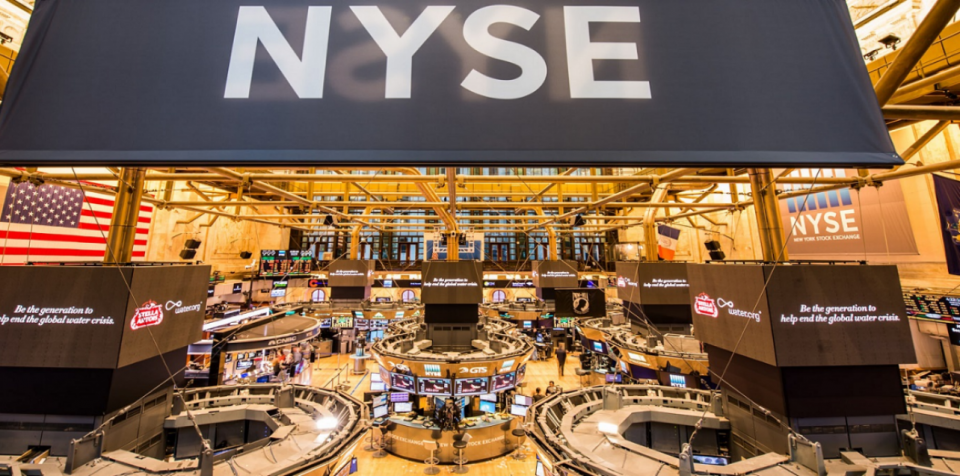But while volatility has come down slightly, with the VIX index at 32.5 from a recent high of 33.8, we think investors should brace themselves for another bumpy ride as a multitude of uncertainties are likely to keep already fragile market sentiment on edge.
The US economic outlook remains uncertain amid persistently high inflation. The Federal Reserve’s next move remains a key driver of the market. While investors have largely accepted that the US central bank will continue to hike rates to bring down inflation, shifting expectations around the pace and length of the current hiking cycle are likely to create swings in market performance. On Friday, the core personal consumption expenditures (PCE) price index, which excludes food and energy and is the Fed’s preferred inflation gauge, rose 0.6% month-over-month in August. This brings the annual rate to a higher-than-expected 4.9%, after increasing 4.7%in July. While we think the Fed will ultimately succeed in cooling inflation, its aggressive rate hikes may cause some pain to the economy.
The ongoing war in Ukraine and the UK’s fiscal package continue to have wider implications. The war and rising energy, food and raw material prices are taking their toll on the economy in Europe, with sentiment indicators pointing to a sharp slowdown in manufacturing in the months ahead. Gas supplies from Russia through the winter remain a key concern following the closure of Nord Stream 1, and we expect the Eurozone economy to contract by roughly 0.3% in the second half of this year. Separately, worries over the UK’s debt sustainability following the new government’s fiscal package and uncertainty over the Bank of England’s future rate hikes are likely to inject further volatility into the market.
China’s recovery appears to be a slow process. The latest set of economic data suggests that China’s recovery continues to be lackluster. While the official manufacturing purchasing managers’ index (PMI) for September registered a move back to expansion, the Caixin survey showed a deeper contraction. The official non-manufacturing PMI also showed a slowdown in activity. The country’s zero-COVID strategy, ongoing property woes, deteriorating export outlook, and an upcoming Party Congress that is unlikely to produce major policy shifts are all likely to be near-term overhangs for the market. While some investors are retreating to the perceived safety of cash, long-term drawbacks of this approach include the erosion of the real value of savings and missing out on the eventual rebound in markets. We therefore recommend investors add defensive exposure, diversify with hedge funds, and position for the era of security to improve the resilience of portfolios in a full range of circumstances.
Main contributors – Mark Haefele, Daisy Tseng, Vincent Heaney, Jon Gordon, Giovanni Staunovo
Content is a product of the Chief Investment Office (CIO).
Read original report – Uncertainty set to dominate 4Q market outlook, 3 October 2022.


